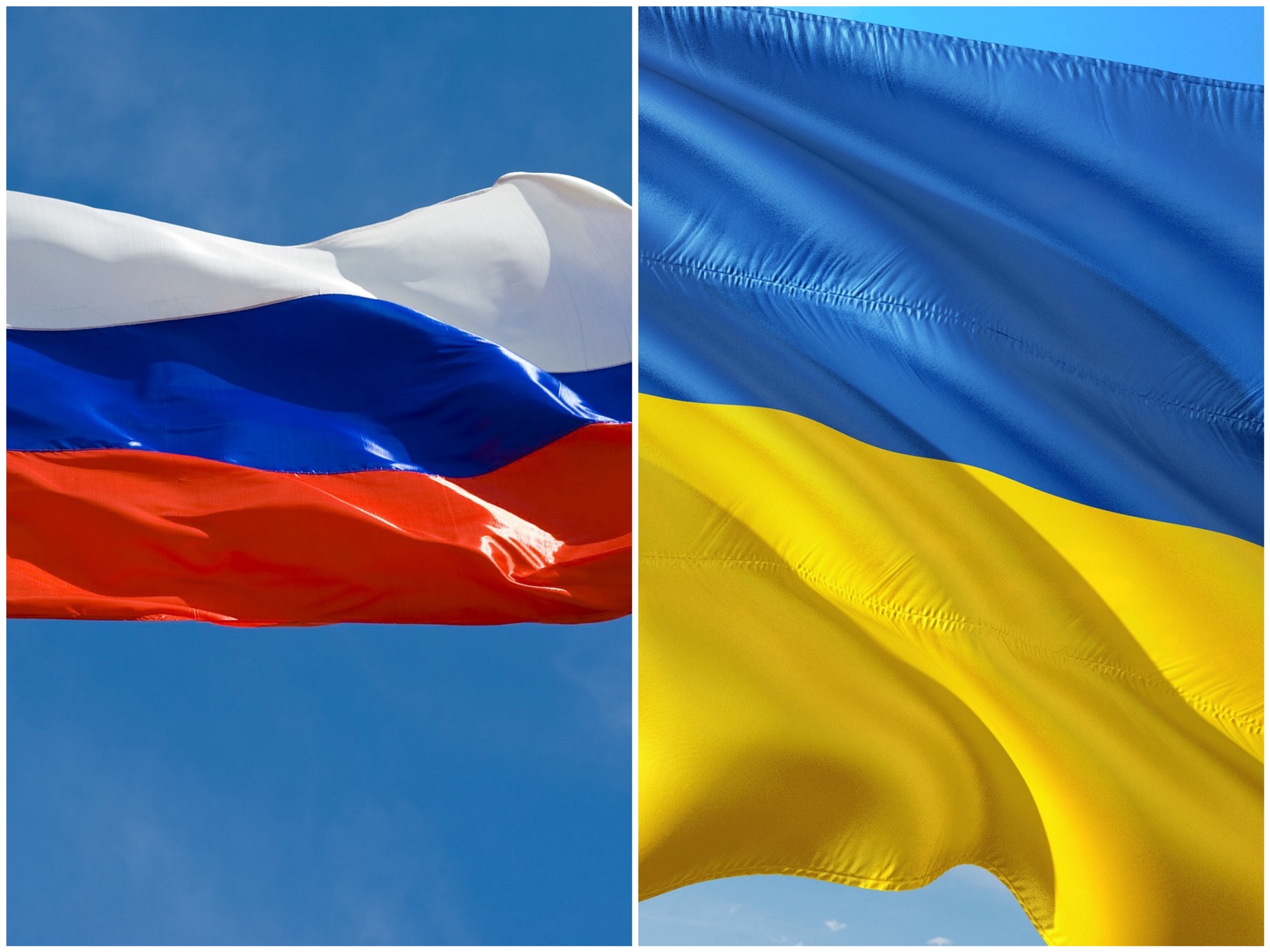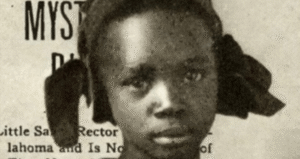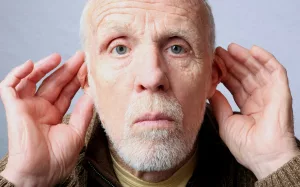The conflict between Ukraine and Russia is one of the most significant geopolitical crises of the 21st century. While tensions escalated dramatically with Russia’s annexation of Crimea in 2014 and the full-scale invasion in 2022, the roots of the conflict stretch back centuries. The animosity between these two nations is fueled by a complex mix of historical grievances, national identity struggles, geopolitical ambitions, and cultural differences. This article delves into the origins, evolution, and key events that have shaped the antagonism between Ukraine and Russia.
Shared Origins and Diverging Paths
The Kievan Rus and the Birth of Slavic Identity
The origins of both Ukraine and Russia can be traced back to the medieval state of Kievan Rus, which existed from the 9th to the 13th centuries, centered in present-day Kyiv. This early Slavic state is often cited as the common cultural and political ancestor of Ukraine, Russia, and Belarus. However, while Russia considers itself the rightful heir to Kievan Rus, Ukrainians see it as the birthplace of their own distinct national identity.
The Mongol Invasion and the Division of Slavic Lands
In the 13th century, the Mongol invasion fragmented Kievan Rus. The western regions, including much of present-day Ukraine, came under the influence of Lithuania and later Poland, while the eastern territories, including Moscow, developed under Mongol rule. This division led to the emergence of distinct political and cultural trajectories, with Ukraine becoming more oriented towards Europe and Russia remaining more isolated under Mongol and later Muscovite control.
The Polish-Lithuanian Commonwealth and the Cossack Hetmanate
During the 16th and 17th centuries, much of Ukrainian territory was under the control of the Polish-Lithuanian Commonwealth. The harsh conditions imposed on Ukrainian peasants and the repression of Orthodox Christianity fueled resistance, leading to the rise of the Cossack Hetmanate—a semi-autonomous Ukrainian state that sought to protect Ukrainian culture and Orthodoxy. In 1654, facing pressure from Poland, the Cossacks entered into the Treaty of Pereyaslav with Moscow, aligning themselves with Russia. This treaty is a point of historical contention: while Russians view it as a reunification, Ukrainians often see it as the beginning of centuries of Russian domination.
The Russian Empire and Suppression of Ukrainian Identity
Russification and Cultural Suppression
Throughout the 18th and 19th centuries, as Ukraine was fully absorbed into the Russian Empire, efforts to suppress Ukrainian culture and language intensified. The Russian Empire viewed Ukrainian identity as a threat to its unity, leading to policies of Russification. The use of the Ukrainian language was restricted in education, publishing, and public life. Despite this, a Ukrainian national revival emerged in the 19th century, with intellectuals and cultural figures promoting Ukrainian identity, language, and history.
The Ukrainian Struggle for Independence
The collapse of the Russian Empire during World War I briefly allowed for the creation of an independent Ukrainian state in 1917. However, this independence was short-lived as the Bolsheviks, determined to regain control over Ukraine, waged a brutal campaign to crush Ukrainian resistance. By 1922, Ukraine was incorporated into the Soviet Union as the Ukrainian Soviet Socialist Republic.
Soviet Era: Famine, Repression, and Resistance
The Holodomor: A Genocidal Famine
One of the most traumatic events in Ukrainian history occurred in the early 1930s under Joseph Stalin’s rule. The forced collectivization of agriculture led to the Holodomor, a man-made famine that resulted in the deaths of millions of Ukrainians. Many historians and Ukrainians consider this famine a deliberate act of genocide aimed at crushing Ukrainian nationalism. The memory of the Holodomor remains a central grievance in Ukraine’s historical narrative and a significant source of resentment towards Russia.
World War II and Ukrainian Nationalism
During World War II, Ukraine became a battleground between Nazi Germany and the Soviet Union. The war saw the emergence of Ukrainian nationalist movements, some of which collaborated with the Nazis in the hope of achieving independence. After the war, the Soviet regime cracked down on these nationalist movements, leading to decades of repression. The post-war period also saw the forced migration of ethnic groups and further attempts to Russify Ukraine.
The Dissolution of the Soviet Union and Ukraine’s Independence
The collapse of the Soviet Union in 1991 allowed Ukraine to declare its independence. This was a moment of triumph for many Ukrainians, but it was also met with ambivalence and even opposition in some Russian circles. For many Russians, Ukraine’s independence was seen as a tragic loss, given the deep historical, cultural, and familial ties between the two nations. Ukraine’s independence also raised strategic concerns for Russia, which viewed Ukraine as a crucial buffer state and a key component of its sphere of influence.
Post-Soviet Relations: Competing Visions and Growing Tensions
Ukraine’s Westward Drift and Russian Interference
Throughout the 1990s and 2000s, Ukraine was politically divided between pro-Western and pro-Russian factions. While many Ukrainians sought closer ties with Europe and NATO, Russia aimed to keep Ukraine within its orbit through economic pressure, political manipulation, and support for pro-Russian leaders. This struggle came to a head during the 2004 Orange Revolution, when massive protests overturned a fraudulent election that would have installed a pro-Russian president. This marked a significant shift towards Western-oriented politics in Ukraine.
The Annexation of Crimea and the War in Donbas
In 2014, Ukraine experienced another political upheaval during the Euromaidan protests, which led to the ousting of pro-Russian President Viktor Yanukovych. Russia responded by annexing Crimea, a strategically important peninsula with a predominantly Russian-speaking population. This move was widely condemned internationally and marked the beginning of a more overtly hostile phase in Russian-Ukrainian relations.
Simultaneously, Russia backed separatist movements in the Donbas region of eastern Ukraine, leading to a brutal conflict that has claimed thousands of lives and displaced millions. The war in Donbas and the annexation of Crimea have become symbols of Ukraine’s struggle for sovereignty and independence from Russian domination. For Russia, the conflict is framed as a defense of Russian-speaking populations and a reaction to what it perceives as Western encroachment.
The 2022 Invasion: A Full-Scale War
The Build-Up and Invasion
In February 2022, Russia launched a full-scale invasion of Ukraine, dramatically escalating the conflict. The invasion was justified by Russian President Vladimir Putin as a “special military operation” to “demilitarize” and “denazify” Ukraine, claims widely rejected as baseless by the international community. For Ukraine, this invasion is seen as a blatant attempt to destroy its sovereignty and erase its national identity.
The Impact of the War
The war has had devastating consequences for Ukraine, with widespread destruction, loss of life, and a massive humanitarian crisis. However, it has also galvanized Ukrainian national identity and strengthened the resolve of Ukrainians to resist Russian aggression. Internationally, the invasion has isolated Russia and led to severe economic sanctions, while Ukraine has received significant support from Western countries.
National Identity and Cultural Conflicts
Language, Religion, and Identity
One of the key elements of the Ukraine-Russia conflict is the question of identity. While a significant portion of Ukraine’s population speaks Russian, especially in the east and south, there is a strong movement to promote the Ukrainian language and culture as symbols of national identity. Russia has often used the protection of Russian speakers as a pretext for its interventions in Ukraine, but many Russian-speaking Ukrainians identify strongly with Ukraine and reject Russian interference.
Religion also plays a role, with the Orthodox Church being a significant institution in both countries. The split between the Ukrainian Orthodox Church and the Russian Orthodox Church has further deepened the divide, as many Ukrainians view the Russian Church as a tool of Kremlin influence.
Historical Narratives and Propaganda
Both Ukraine and Russia have developed competing historical narratives that reinforce their positions. Russia promotes the idea of a “brotherhood” between the two nations, arguing that Ukraine is historically and culturally part of the Russian world. Ukraine, in contrast, emphasizes its distinct national identity and the long history of resistance against Russian domination. The use of historical symbols, figures, and events in state propaganda on both sides has intensified the conflict, turning it into not just a territorial dispute but a battle over identity and history.
The Broader Geopolitical Context
NATO, the EU, and the Battle for Influence
A significant driver of the Ukraine-Russia conflict is the question of Ukraine’s geopolitical alignment. Russia views Ukraine’s aspirations to join NATO and the European Union as existential threats, fearing encirclement by Western powers. For Ukraine, integration with the West is seen as the best path to security, prosperity, and freedom from Russian control. This clash of visions has placed Ukraine at the center of a broader struggle between Russia and the West for influence in Eastern Europe.
The Role of Western Sanctions and Support
The international response to Russia’s actions has been decisive, with economic sanctions aimed at crippling Russia’s economy and diplomatic isolation intended to pressure Moscow into ending its aggression. Meanwhile, Ukraine has received military, financial, and humanitarian aid from Western countries, enabling it to resist Russian advances and sustain its defense.
Conclusion
The animosity between Ukraine and Russia is the product of centuries of historical, cultural, and geopolitical factors. From the medieval roots of Kievan Rus to the modern struggle for independence and sovereignty, the conflict is deeply intertwined with questions of identity, history, and power. While the 2022 invasion represents the most dramatic and violent phase of this conflict, it is part of a broader historical continuum in which Ukraine has sought to assert its independence from Russian domination.




